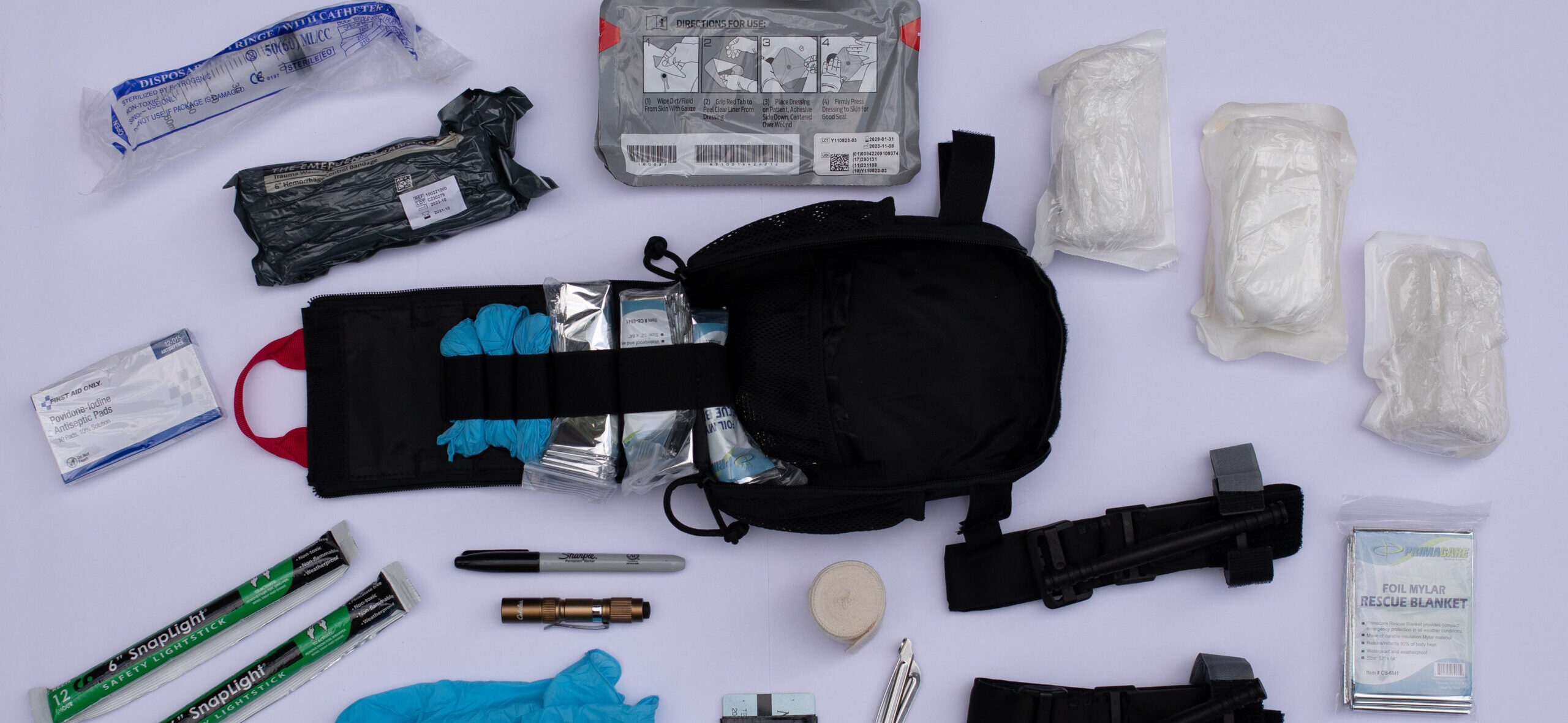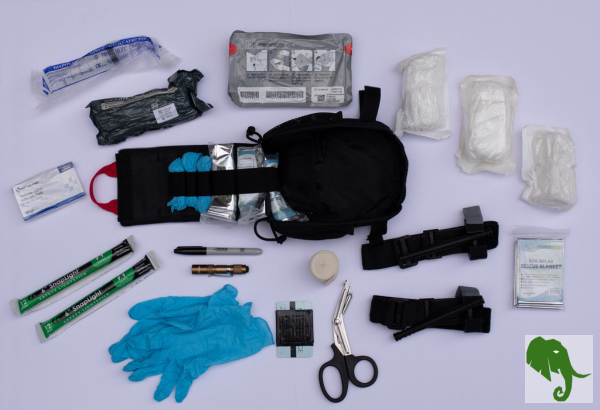
In times of crisis or accidents, being equipped with the right tools can make the difference between life and death. Whether you’re out in the wilderness, on the road, or in the comfort of your home, having a well-prepared trauma kit can be a crucial asset. Inspired by recent advancements and personal experiences, I’ve revamped my trauma kit with essential items to address severe injuries and medical emergencies effectively; and I want to show you how you can build a basic trauma kit for you and your family.
After obtaining my Tactical Combat Casualty Care (TCCC) certification more recently, I realized I needed to update my trauma kits to better reflect the things I had learned this time around. This kit goes beyond basic first aid supplies and focuses on addressing critical injuries, especially severe bleeding, which is the leading cause of preventable death in trauma cases. I wanted to share with you how you could go about building out your basic trauma kit.
What’s the Difference?
It’s essential to differentiate between a trauma kit (“blowout bag”) and a standard first-aid kit or “boo boo bag.” While both serve important purposes, a trauma kit is specifically designed to address severe bleeding injuries and life-threatening emergencies, whereas a first aid kit typically focuses on minor injuries and ailments.
My Trauma Kit
Let’s delve into the key components of my updated trauma kit:
- Tourniquets (NAR CAT): Essential for stopping severe bleeding from limb injuries, tourniquets are a cornerstone of any trauma kit. I recommend having at least two per person you plan to treat, ensuring redundancy and the ability to address multiple injuries simultaneously.
- Sterile Rolled Gauze: Versatile and essential for wound packing and dressing, sterile rolled gauze helps control bleeding and prevents contamination of the wound. 4 inch by 4 yards is an ideal roll size.
- Shears: Sharp, durable shears are indispensable for cutting clothing, bandages, and other materials quickly and efficiently, allowing access to wounds without causing further harm.
- Surgical Gloves: Protection against blood borne pathogens is crucial when providing medical assistance. Light-colored surgical gloves, like blue or even purple, provide both protection and visibility in low-light conditions. You will be able to spot blood easier with lighter gloves too when doing a body check.
- Israeli Bandages: Designed for self-application, Israeli bandages are compact, easy to use, and highly effective for managing traumatic injuries, particularly for wound compression.
- Chest Seals: Vital for treating penetrating chest injuries, chest seals create a seal over the wound, preventing air from entering the chest cavity while working to keep blood in the body as well.
- Mylar Emergency Blankets: Lightweight and compact, Mylar emergency blankets help retain body heat and can help prevent hypothermia, crucial in emergency situations where exposure to the elements is a concern.
- Duct Tape: A multipurpose tool in emergency situations, duct tape can be used for improvised wound closure, securing dressings, taping down chest seals, or even building shelters or splints.
- Glow Sticks: Providing reliable illumination in low-light conditions, glow sticks ensure visibility during nighttime emergencies and can aid in navigation and communication.
Of course, you should already be carrying a flashlight, but if not, consider keeping on in your trauma kit. - Sharpie Marker: Essential for documenting vital information, such as the time of tourniquet application or important medical notes, directly on the patient’s skin or bandages.
- Hemostatic Agents: Hemostatic agents, like QuikClot or Celox, can be invaluable in promoting blood clotting and controlling severe bleeding, particularly in cases where tourniquet application may not be feasible. These are a solid alternative or addition to sterile gauze.
- Iodine: Works to clean wounds and mixed with water can be as good of a cleansing agent as most pre-surgical scrubs.
- Safety Pins: Carry some in your kit as well. They can be used to tag things, pin things down or back, keep things from going in further, etc. Not a bad idea to have on hand.
- ACE Bandage: Wrap a sprain. Hold gauze in place for compression. Hold a split on. An ACE bandage certainly has its place.
- 60ml Syringe: A syringe this size is great for irrigating wounds in the field, especially puncture wounds. Peroxide and water or iodine and water can be great cleaners to help clean up wounds before covering them.
- CPR Mask: Protect yourself while providing CPR with a disposable CPR mask, which helps prevent direct contact with the patient’s mouth and reduces the risk of infection transmission. You can decide whether it goes directly in your trauma kit or your first-aid.
There are other items well suited for a trauma kit (or blowout bag) but additional training will be needed for some if not most of those additional items. The list above will give you a great start though some training will still be needed.
M.A.R.C.H.
In addition to these essentials, my trauma kit includes various other items tailored to address specific needs and scenarios. However, the core focus remains.
- M – Massive Hemorrhage: In Tactical Combat Casualty Care (TCCC), severe bleeding is the first thing to look for and treat. Severe bleeding is the #1 cause of preventable death in trauma cases. I carry various items including tourniquets, gauze, and hemostatic bandages for controlling severe bleeding.
- A – Airway: After getting any severe bleeding under control comes ensuring the airway is open. With minimal training, a nasopharyngeal airway (NPA) can be employed or simply placing your ‘patient’ in the recovery position to allow for easier breathing.
- R – Respiration: Checking for holes in the thorax or sucking chest wounds is next. Chest seals can be employed to keep blood in while allowing for air to escape the chest cavity. And chest seals are very easy to apply.
- C – Circulation: This is the point to do a full body sweep to look for additional points of bleeding and blood loss and treat accordingly. Gauze and/or hemostatic agents can be employed to control any additional bleeding. Any severe bleeding should have been managed in the first step (M).
- H – Hypothermia Prevention: It does not just happen in cold weather or environments. Mylar blankets can add insulation to prevent heat loss. Remember to think about not just the top of your ‘patient’ but also underneath as they can get cold by being in contact with the ground and heat escapes that way too.
Training
While having a well-stocked trauma kit is essential, it’s equally important to know how to use its contents effectively. I highly recommend taking a local Stop the Bleed class, offered free by the Department of Defense and its partners, or at the very least enrolling in an American Red Cross First Aid, CPR, and AED course. These courses provide invaluable knowledge and skills for managing medical emergencies and could potentially save lives in critical situations.
Conclusion
In conclusion, investing in a comprehensive trauma kit and acquiring the necessary skills to utilize its contents can make a significant difference in emergency situations. Whether you’re a seasoned outdoors enthusiast, a frequent traveler, or simply concerned about personal preparedness, having the right tools and knowledge can empower you to respond effectively to medical emergencies and potentially save lives.
I also want to say that I am not a doctor, nurse, EMT, or any sort of first responder. What I am is a motivated individual, a civilian, that wants to know how I can better take care of myself and potentially those around me, whether family, friends, or perfectly good strangers. I do not want to be dependent on the emergency system to save me, so I took the initiative to proactively seek out some training. This is what inspired me to put this post together for you here as well. We are our own first responders or at least we need to be.
Remember, emergencies can happen anytime, anywhere, and being prepared can mean the difference between life and death. Take the time to assemble a trauma kit tailored to your needs, stay informed, and be ready to act decisively when every second counts. Your preparedness could make all the difference in yours or someone else’s life.
Related Content
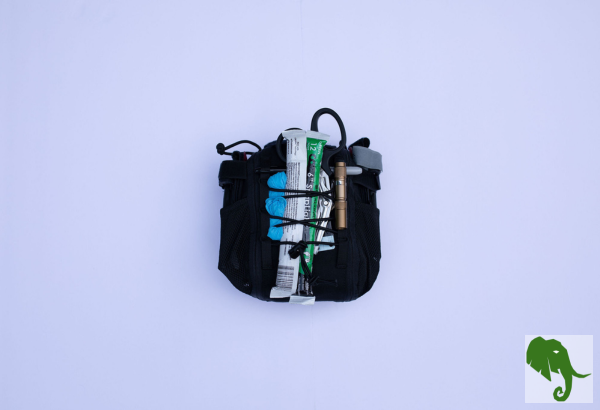
How to Build Your Own Trauma Kit
Overview Season 1: Episode 8 This time we delve into the critical importance of having a trauma kit and how to build one yourself. Learn …
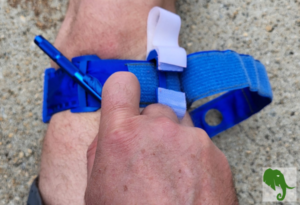
The Essential Guide to Tourniquets
Tourniquets are vital tools in emergency medical situations, particularly when dealing with severe bleeding. Understanding their use and the best practices can make a …
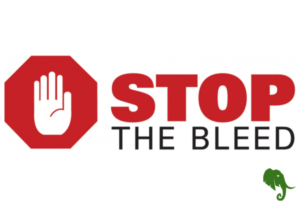
Stop the Bleed: Life-Saving Techniques Everyone Should Know
Overview Season 1: Episode 3 In this episode, we discuss the Stop the Bleed program with Gina Solomon, Trauma Program Manager at Gwinnett Medical Center …
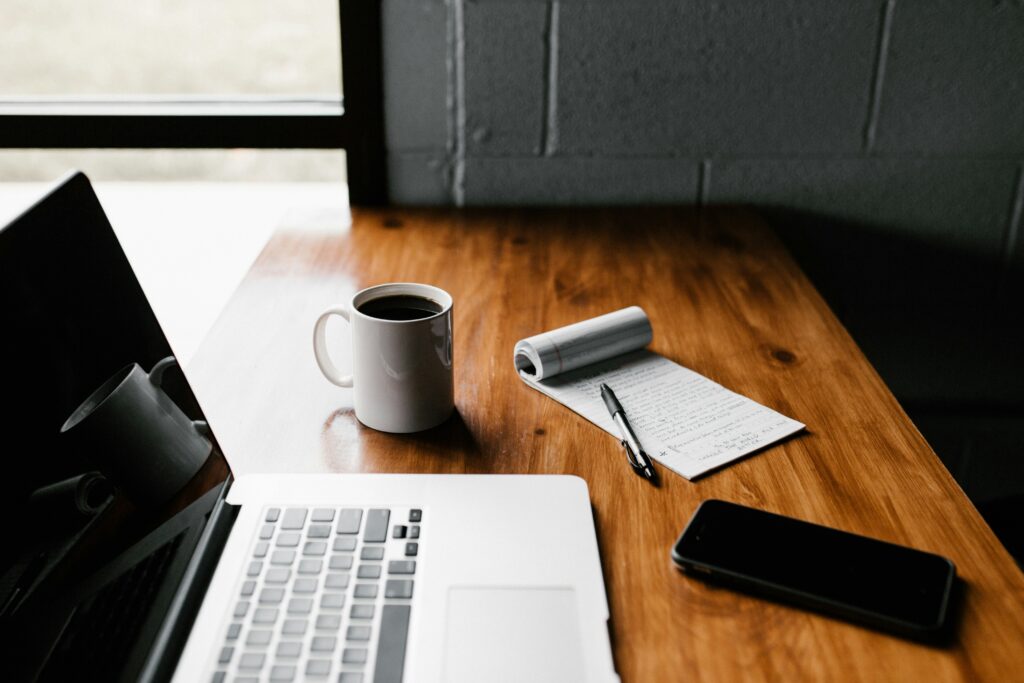
Read other OwnGuard Solutions blog posts
Read our other posts centered around being safer and better prepared.

